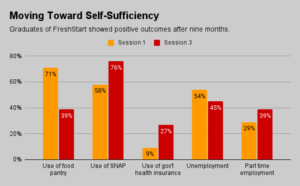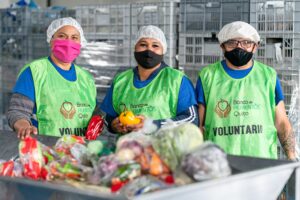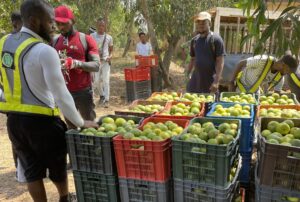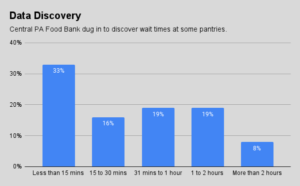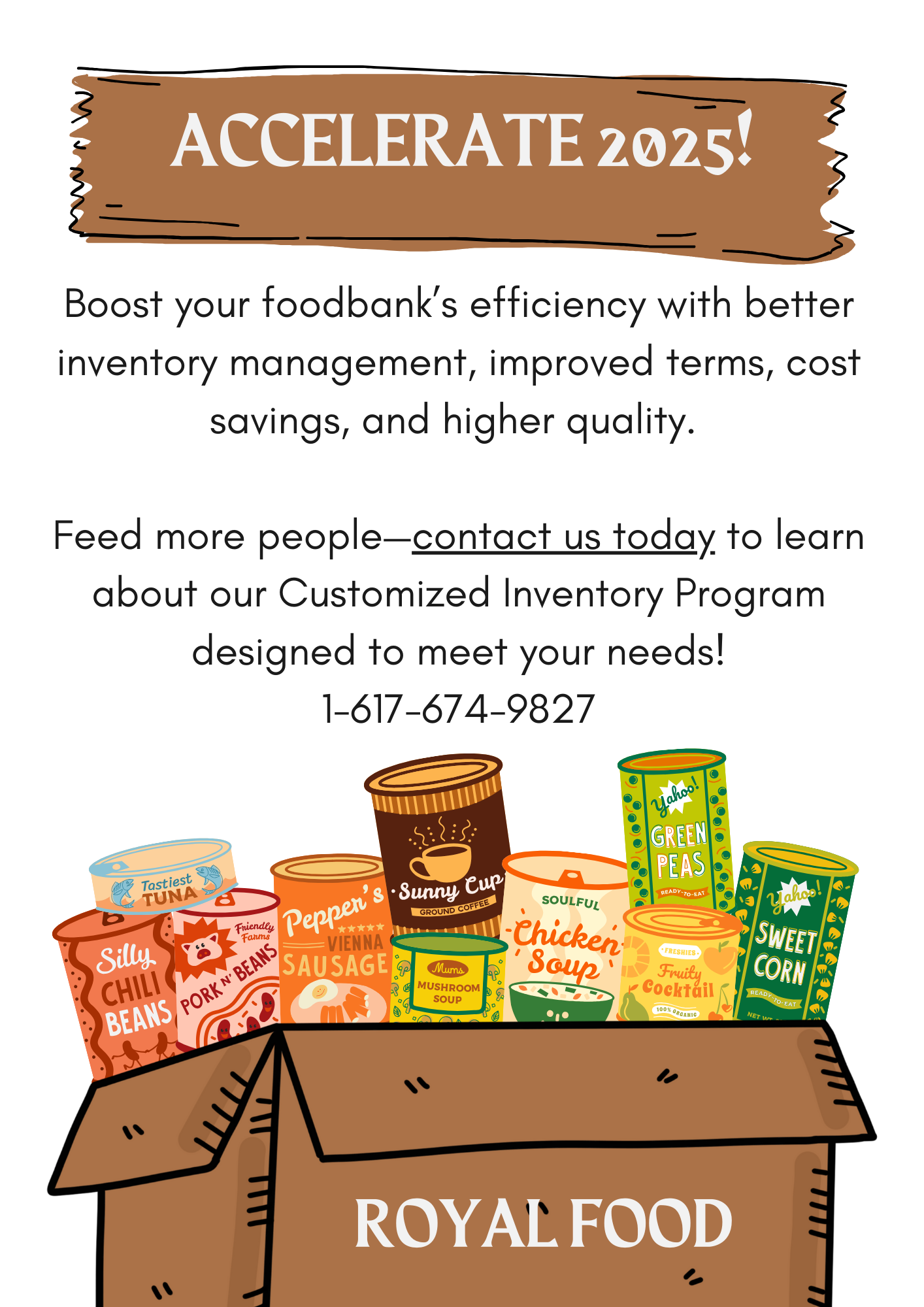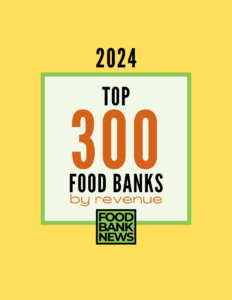It took a small army of volunteers and years of outreach, but the Ohio Association of Foodbanks has reached a remarkable milestone in its ongoing effort to connect people to government benefits and tax credits they are due. After more than 12 years, the association can point to nearly $2 billion that has been put into the hands of more than one million low-income citizens, helping to ease the burden of their poverty while bolstering local economies.
The challenge the association faced when it started its benefits-outreach program is one that continues to resonate with food banks today. Lisa Hamler-Fugitt, Executive Director of the Ohio Association of Foodbanks, was continually requesting more funding for emergency food from Ohio state legislators, and they were tired of it. They asked her to come up with a more permanent solution, which led her to a small technology company out of Philadelphia with a background in public policy.
The software from tech company Communally, called The Benefit Bank, has a very simple agenda: it helps people discover whether they are eligible for a wide variety of government benefits and/or tax credits, and helps them fill out the application forms or tax filings, all in one go. While the idea is not revolutionary, the need is enormous. Communally estimates that more than $53 billion allocated by the government to alleviate poverty remains unclaimed year after year for a myriad of reasons, including a lack of outreach and the difficulty of filling out applications and meeting requirements.
To the Ohio Association of Foodbanks, a partnership with Communally was a no-brainer, given its mission to help food banks in Ohio provide food and other resources to people in need. “We know that hunger is a symptom of poverty,” said Joree Novotny, Director of Communications and Grant Management at the Ohio Association of Food Banks. “So if you can infuse income support and move people to self-sufficiency, it will help with hunger.”
The association turned to numerous entities for help in launching and running the program, which it dubbed Ohio Benefit Bank. Early support came from the state legislature, which created a new position — the Director of Ohio Benefit Bank — to help establish the program. Private funder, The Columbus Foundation, has been an important long-term champion, and ongoing support comes from the USDA, particularly for SNAP outreach, and the State of Ohio.
Most critical to pushing the program out into the field were volunteers from AmeriCorps, who served as the association’s ambassadors, training food pantries and other organizations on how to use the software and getting the word out about its availability. Currently, more than 1,000 community and faith-based organizations use Ohio Benefit Bank to help people submit applications to about 25 different government programs. The AmeriCorps members “really grew the Ohio Benefit Bank network from the ground up over about five years,” Novotny said. “We simply would not have been able to staff out boots on the ground.”
Over the course of 12 years, investment in Ohio Benefit Bank has ranged into the multi-millions, which includes the software license from Communally and the cost of outreach and administration. With $2 billion going into the pockets of citizens, the overall return on that investment averages close to 50 to 1 across the state, the association calculates. Specific programs may be even more impactful. Novotny relates that a series of mini-grants made last tax season resulted in a return on investment of 192 to 1. “You can generate so much more for the local economy and families in need through modest investment,” Novotny said.
She encouraged other food banks to pick up the model that’s been established and replicate it in their own states. “More and more food banks recognize that food security is not an issue in isolation,” Novotny said. “This tool lets food banks address not only food, but other support. It gets people out of pantry lines and into grocery lines.”




